Humboldt National Forest
Nevada
Managed by U.S. Forest Service, Intermountain Region
2,618,165 acres (2,401,079 federal/ 217,086 other)
Website: https://www.fs.usda.gov/htnf
Overview
Ruby Mountains National Forest was established on May 3, 1906 and two years later it was joined with Independence National Forest to create Humboldt National Forest. In 1995, Humboldt and Toiyabe National Forests combined their 6.3-million acres to become the largest National Forest outside Alaska. Spread across separate mountain ranges that rise above the Great Basin Desert, Humboldt National Forest consists of the more northeasterly sections of the two National Forests. Much of its acreage in the Snake Range was claimed as part of Great Basin National Park in 1986, but it still encompasses 12,050-foot Mt. Moriah.
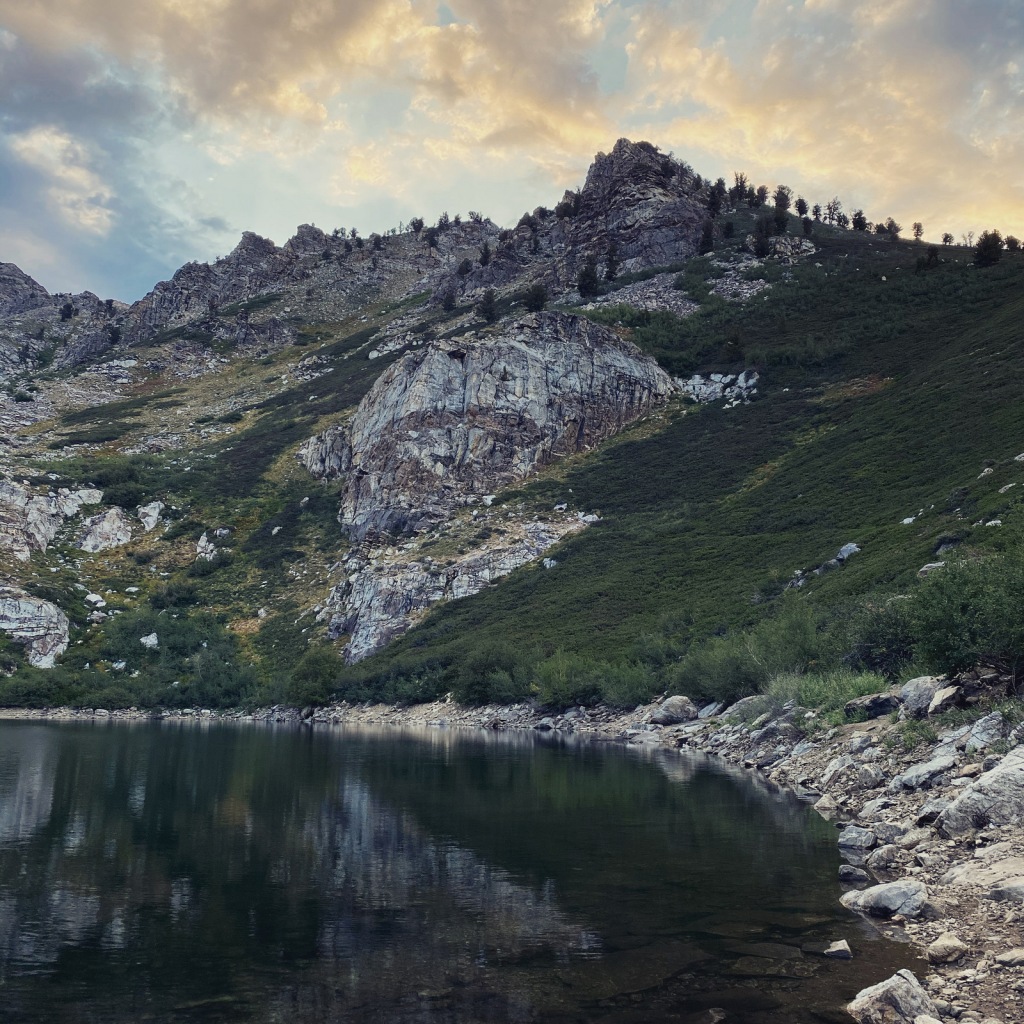
Highlights
Lamoille Canyon Scenic Byway, Ruby Mountains, Success Loop Drive, Angel Lake, Currant Mountain, Santa Rosa Range, Three Day Creek Trail, Ruby Crest National Recreation Trail
Must-Do Activity
The Ruby Mountains south of Interstate 80 near Elko are perhaps the most accessible area, with roads dead-ending at the gorgeous Angel Lake Campground and after 12 miles on the paved Lamoille Canyon Scenic Byway. West of Elko on Interstate 80, the Bureau of Land Management (BLM) runs an excellent visitor center dedicated to the California National Historic Trail. Colorful displays and sculptures make this one of the best government-run museums in the country and admission is free. It is situated near where the Hastings Cutoff reconnected with the main California Trail following the Humboldt River. The Hastings Cutoff skirted the eastern edge of the Ruby Mountains and was utilized by the infamous Donner party in 1846. This same route that crossed Overland Pass was later part of the Pony Express Trail.
Best Trail
Starting at the end of Lamoille Canyon Scenic Byway, the 43-mile-long Ruby Crest National Recreation Trail passes Dollar and Lamoille Lakes as it steeply climbs to Liberty Pass. You do not need to hike far to appreciate the beauty of the glacier-carved valley ringed by jagged alpine peaks. The trail ends at Harrison Pass where a road still uses the same route that the Bidwell-Bartleson party took in 1841. There are long stretches of the trail that do not have access to water, including a ten-mile section from North Furlong Lake to Overland Lake.
Watchable Wildlife
More than 85% of Nevada is federally-owned land run mostly by the military and BLM. That acreage also includes Ruby Lake and Sheldon National Wildlife Refuges, two of several large refuges in the state. The lakes there and in Humboldt National Forest provide habitat for trout and other fish, as well as migratory birds like Canada geese and white pelicans. Chukars and Himalayan snowcocks are two introduced Asian bird species that have become popular targets for hunters. The steep mountains provide thermals for soaring raptors like red-tailed hawks, Swainson’s hawks, and turkey vultures. Due to the extreme elevation gradients in the basin and range topography, mammals include desert dwellers like kangaroo rats and alpine residents like American pikas, in addition to the more commonly seen mule deer and coyotes.
Instagram-worthy Photo
At the end of the 12-mile paved Lamoille Canyon Scenic Byway, you are surrounded by jagged mountains and at the beginning of the 43-mile-long Ruby Crest National Recreation Trail.
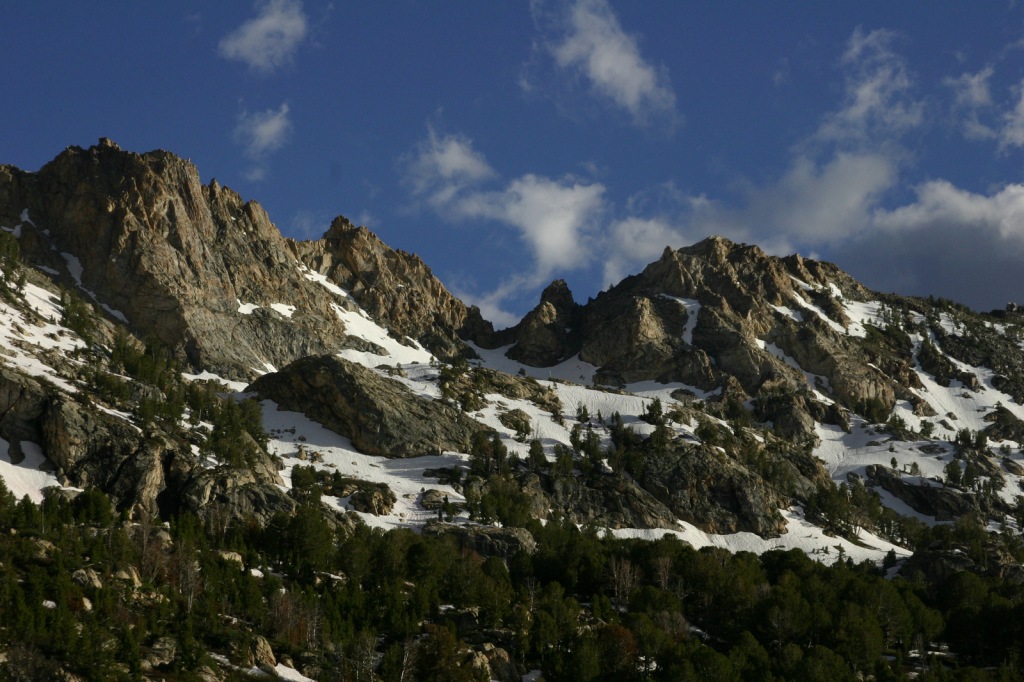
Peak Season
Summer
Fees
$5 day-use fee at Angel Lake
Road Conditions
Lamoille Canyon Scenic Byway is paved and the unpaved road to Angel Lake Campground is in good shape.
Camping
The gorgeous Angel Lake Campground made our list of the Top 10 Campgrounds in National Forests, plus there are two designated campgrounds and a couple dispersed campsites along Lamoille Canyon Scenic Byway.
Wilderness Areas
Bald Mountain Wilderness
Currant Mountain Wilderness
East Humboldt Wilderness
Grant Range Wilderness
High Schells Wilderness
Jarbidge Wilderness
Mt. Moriah Wilderness (also managed by BLM)
Quinn Canyon Wilderness
Red Mountain Wilderness
Ruby Mountains Wilderness
Santa Rosa-Paradise Peak Wilderness
Shellback Wilderness
White Pine Range Wilderness
Related Sites
Toiyabe National Forest (Nevada-California)
City of Rocks National Reserve (Idaho)
Lassen Volcanic National Park (California)
Nearest National Park
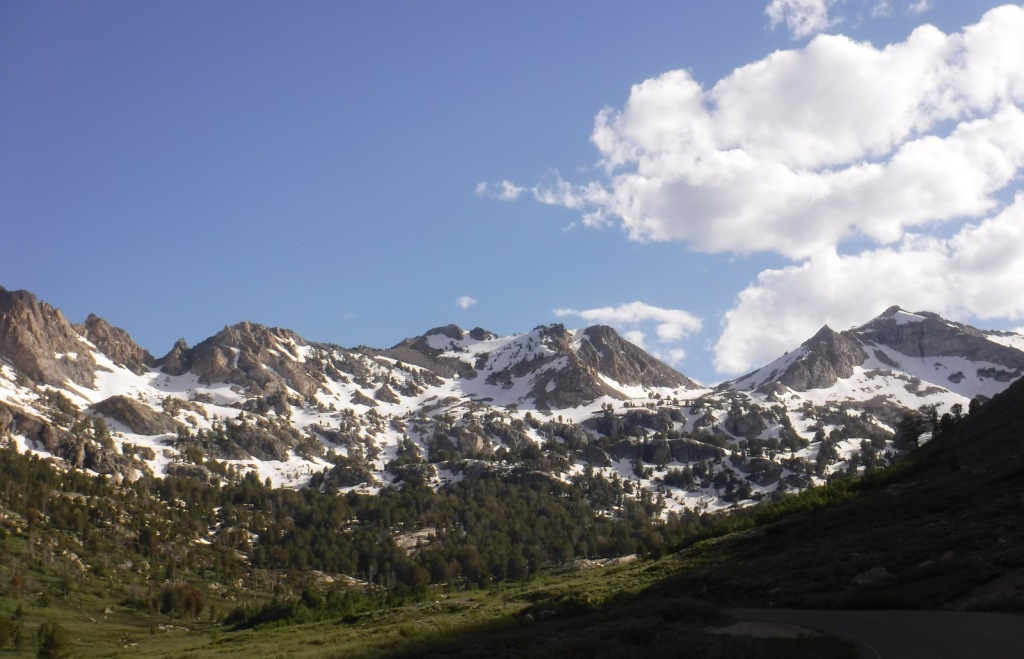
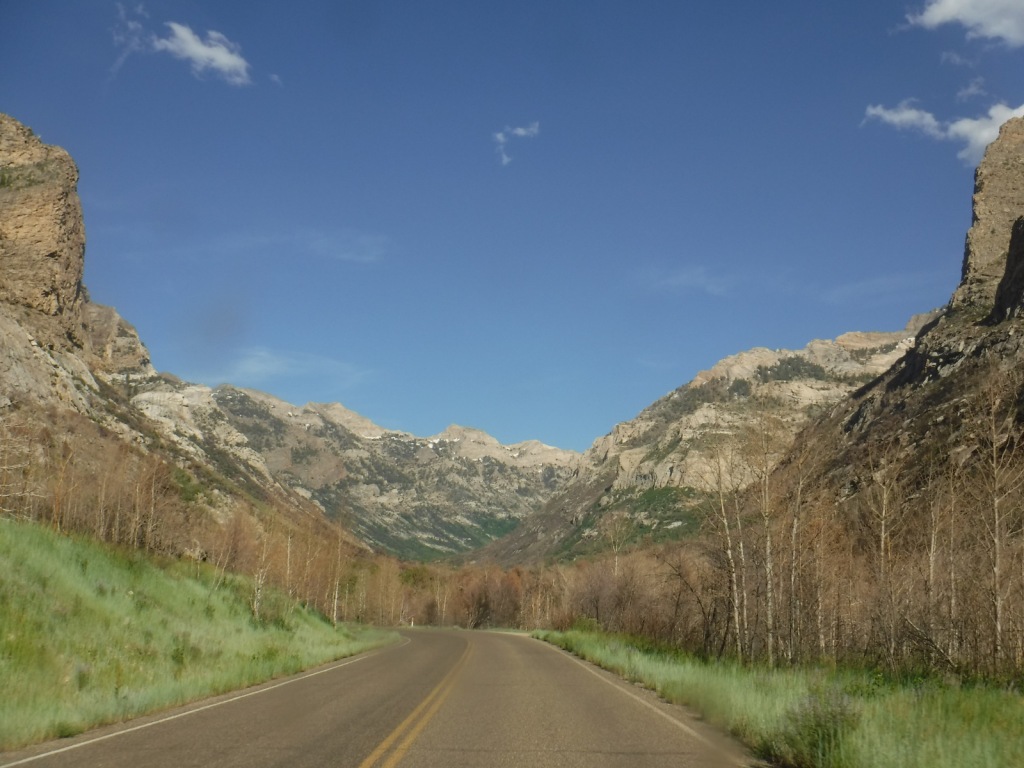
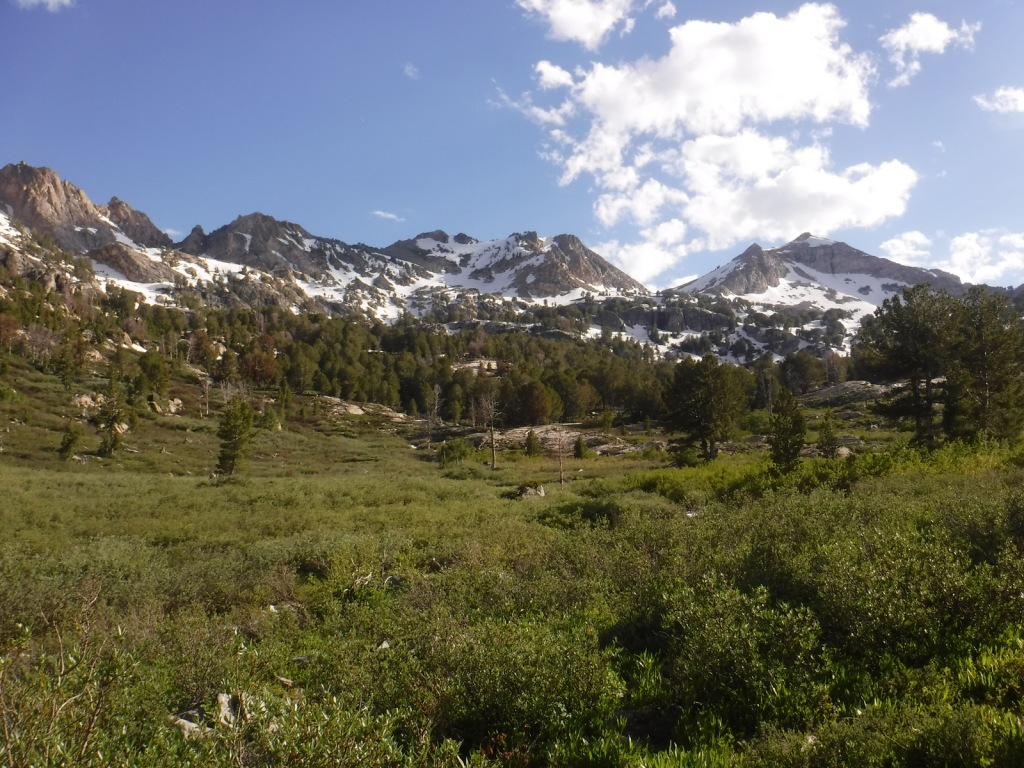
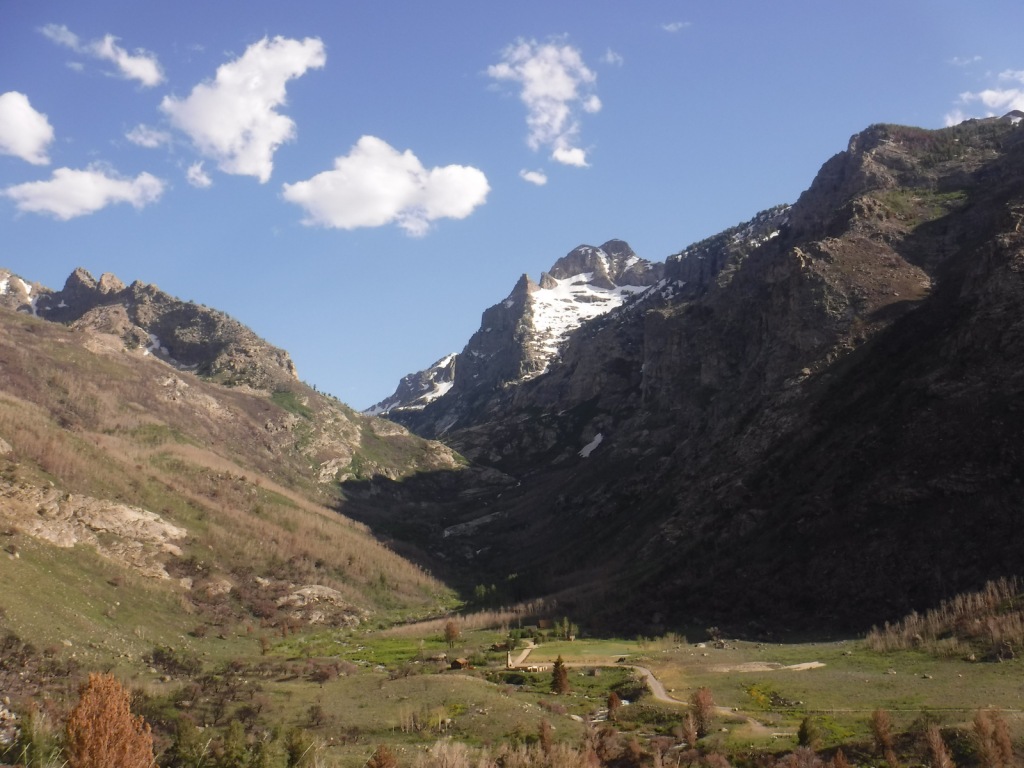
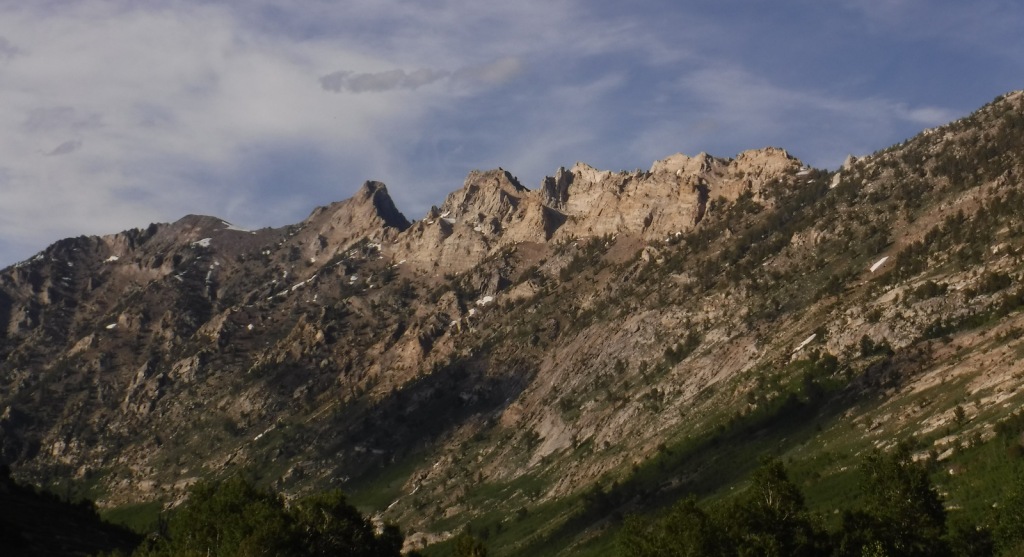

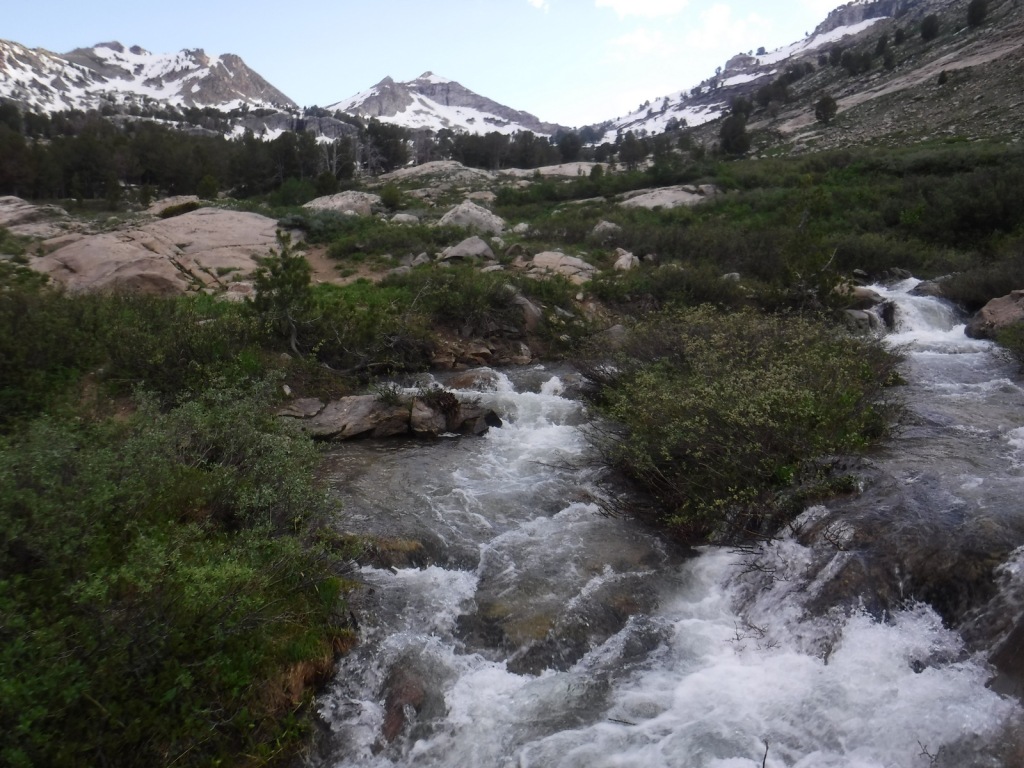

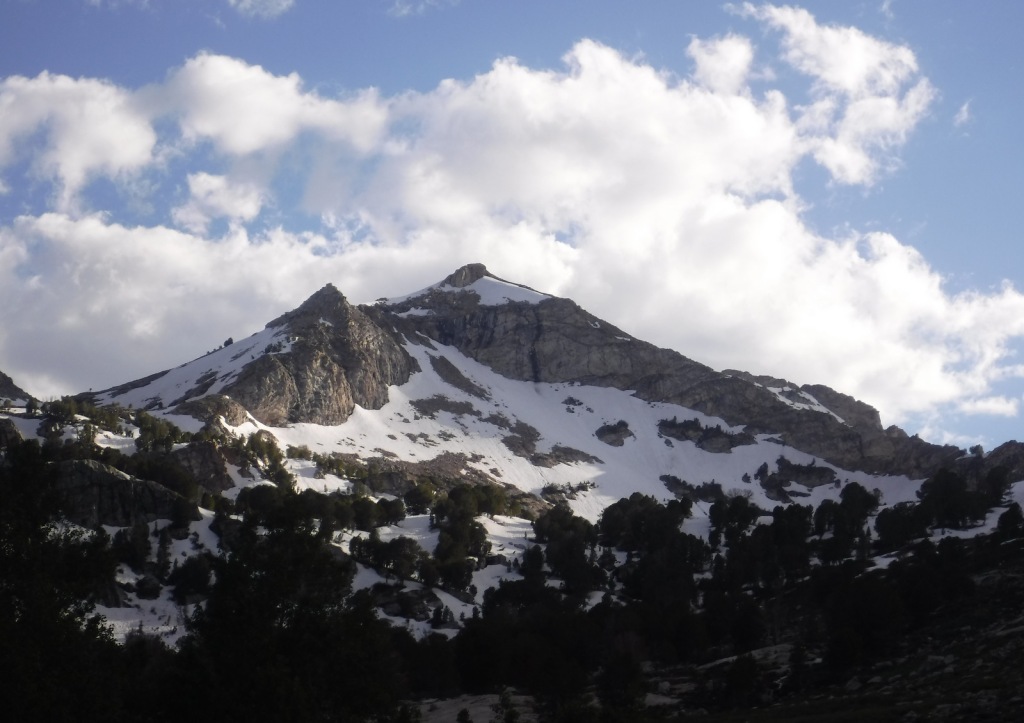
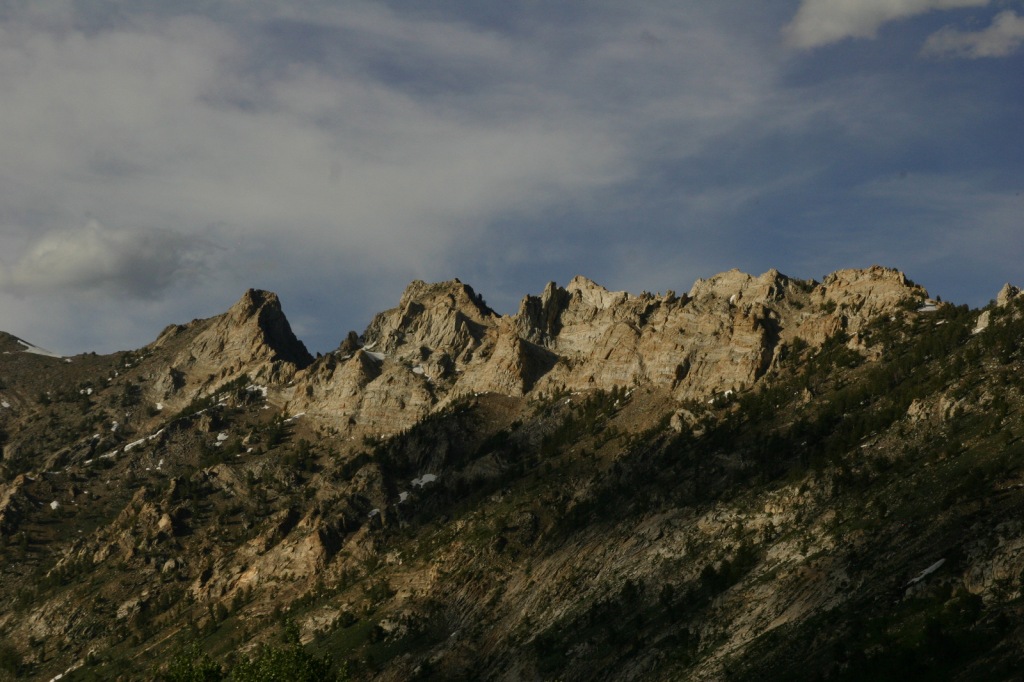
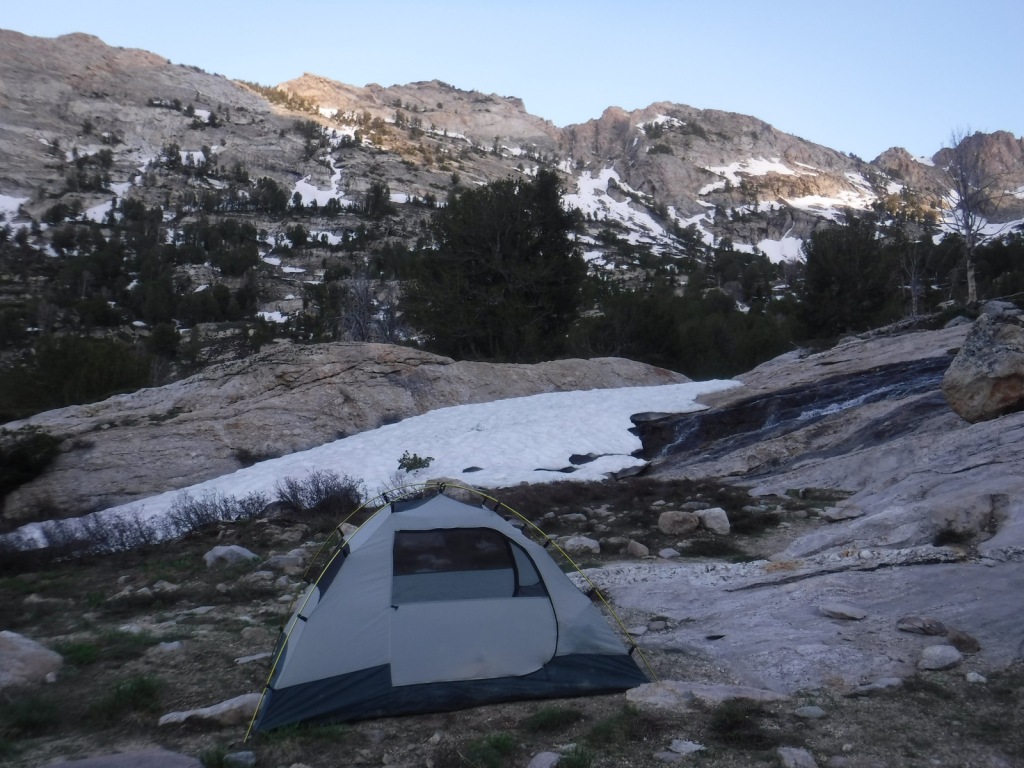
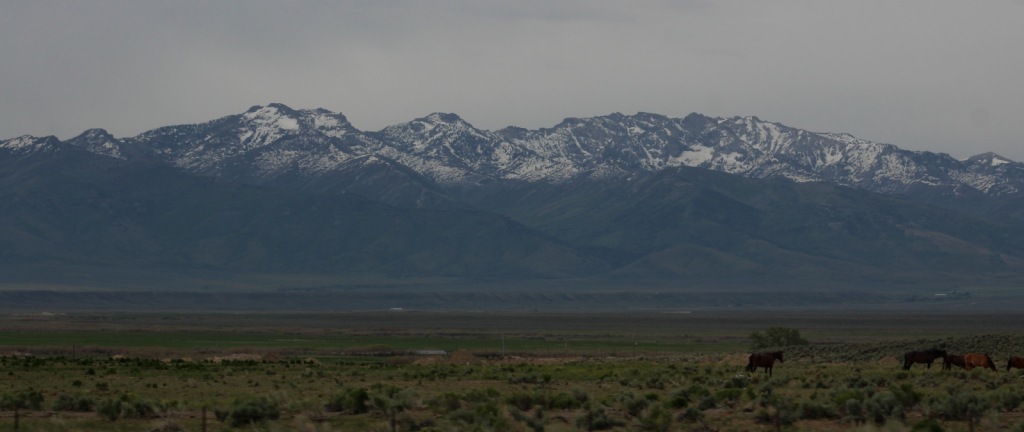
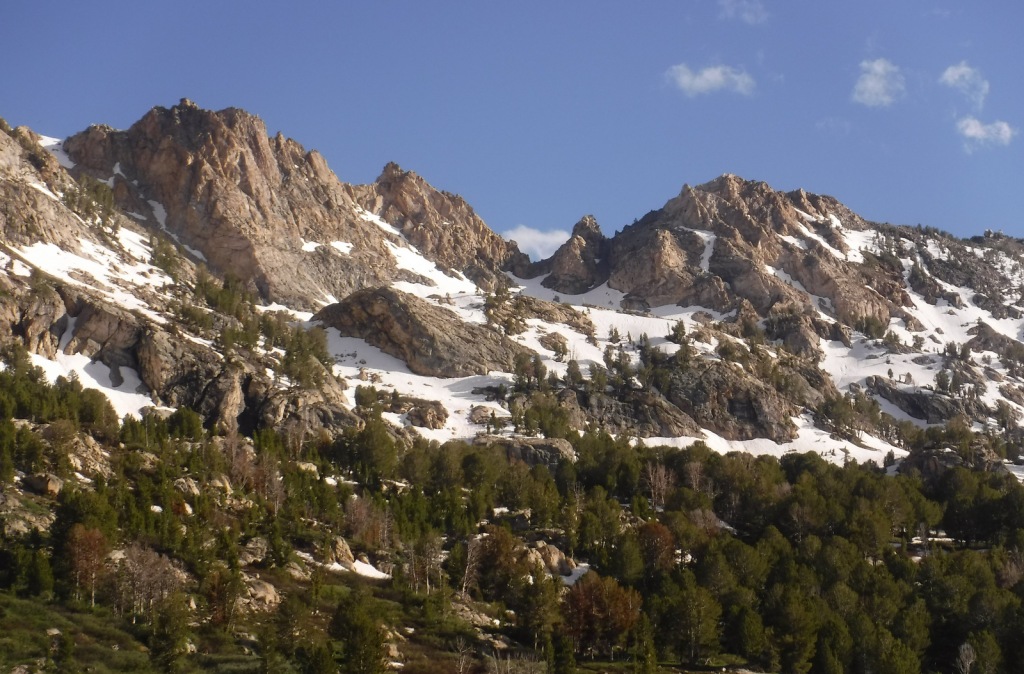
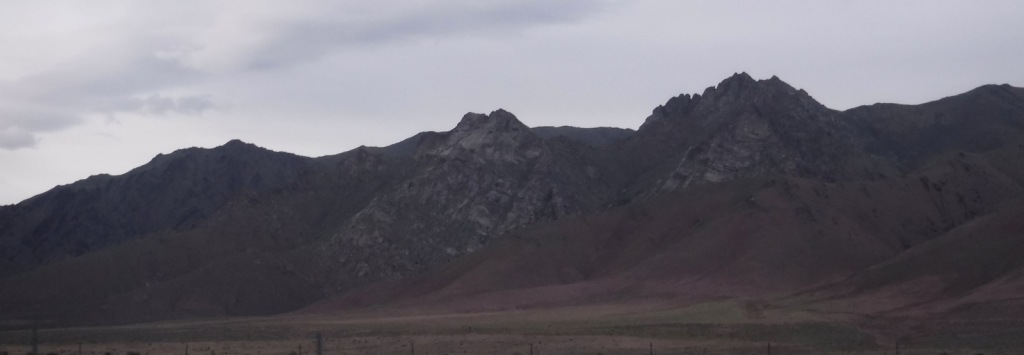
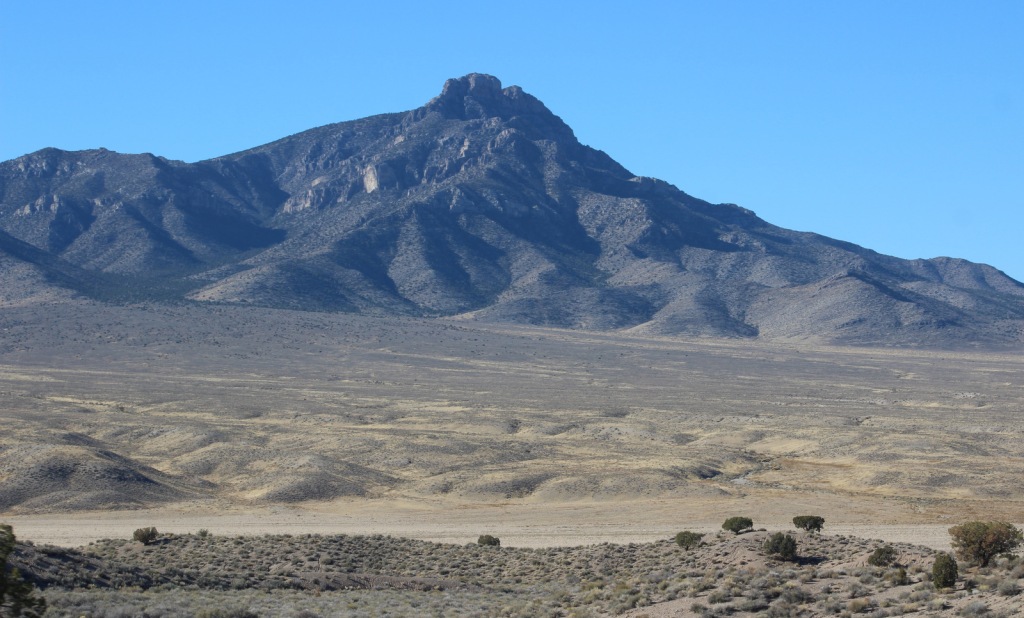
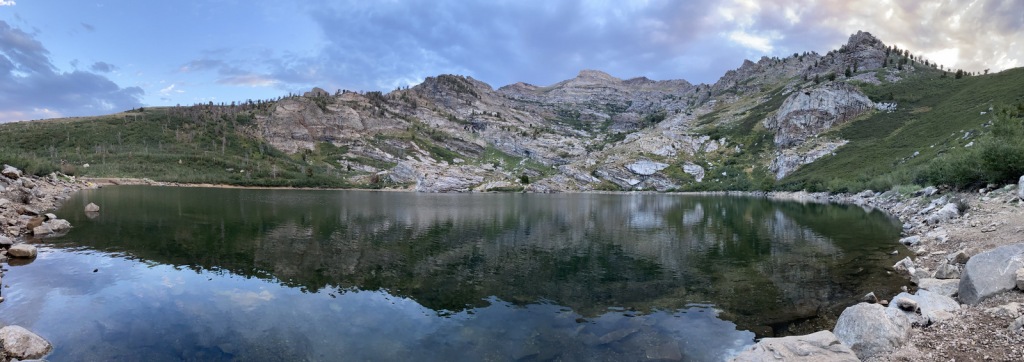
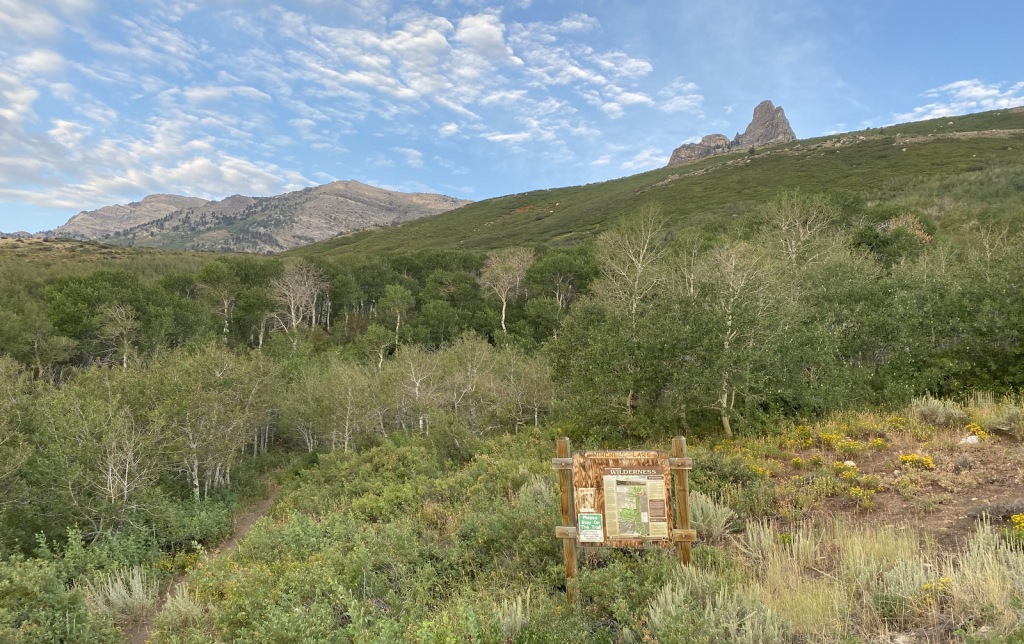
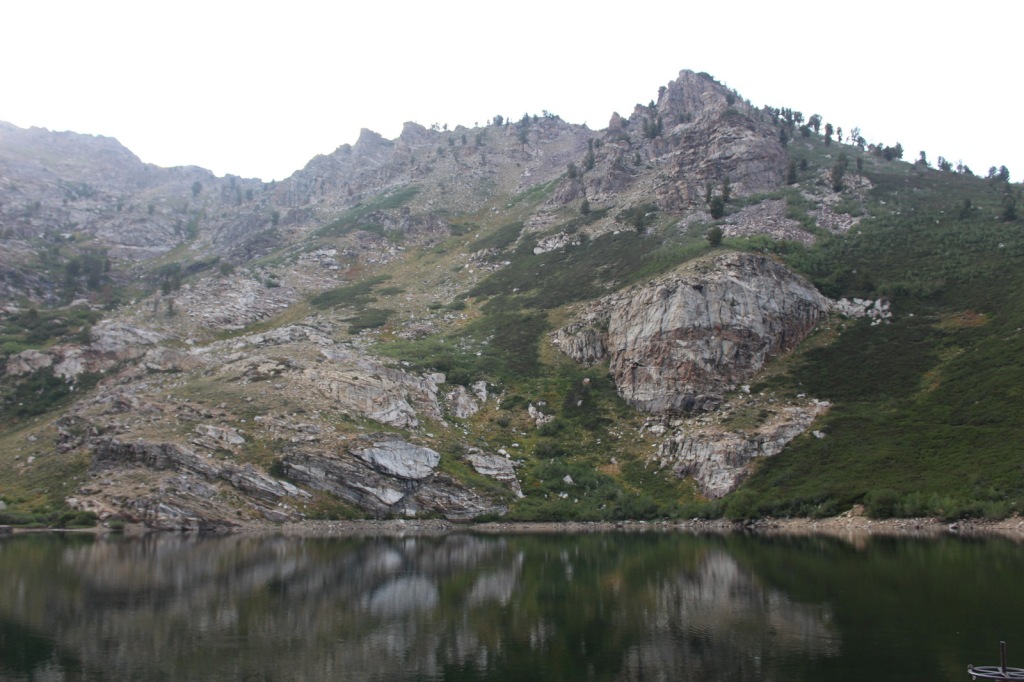
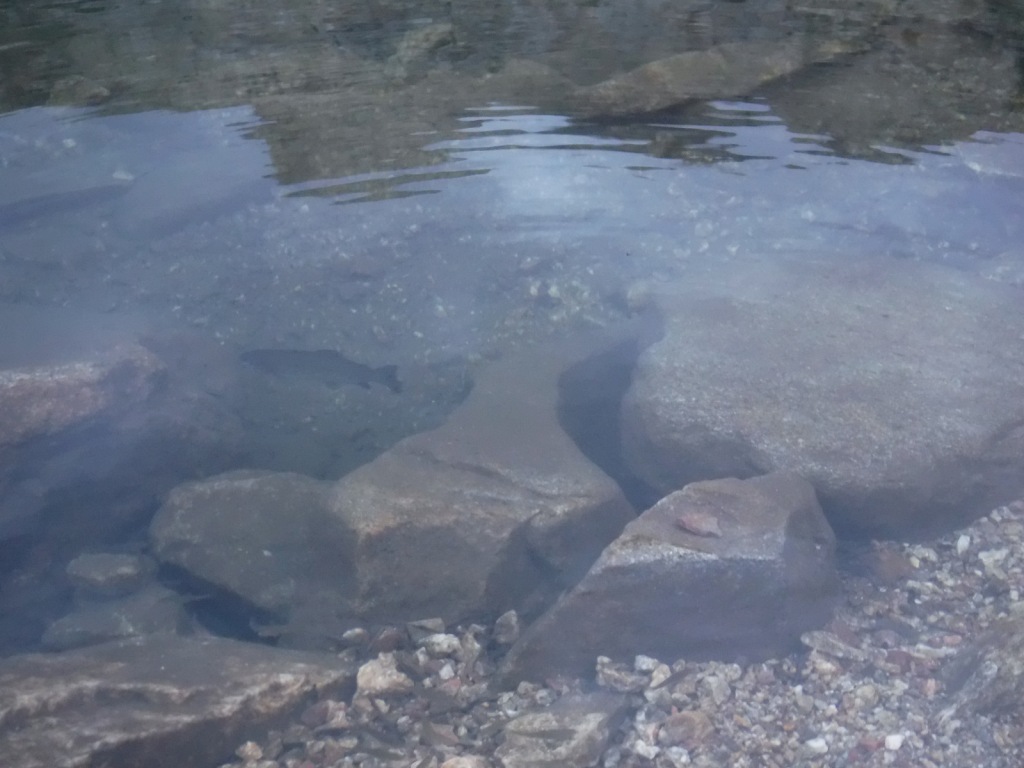
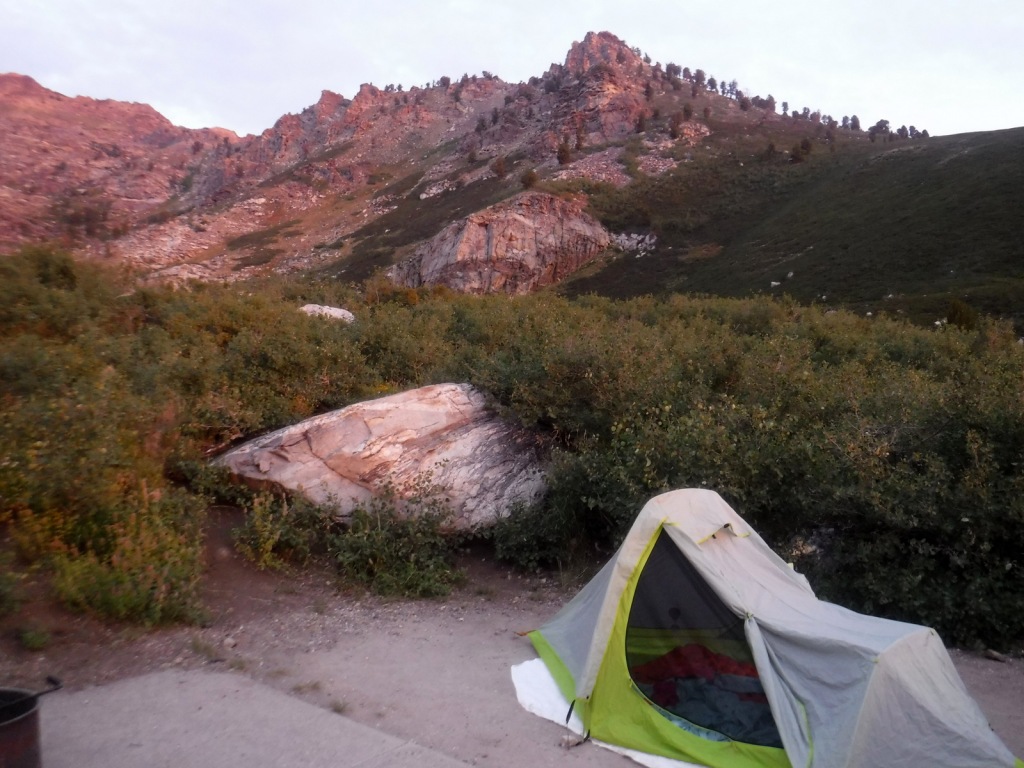
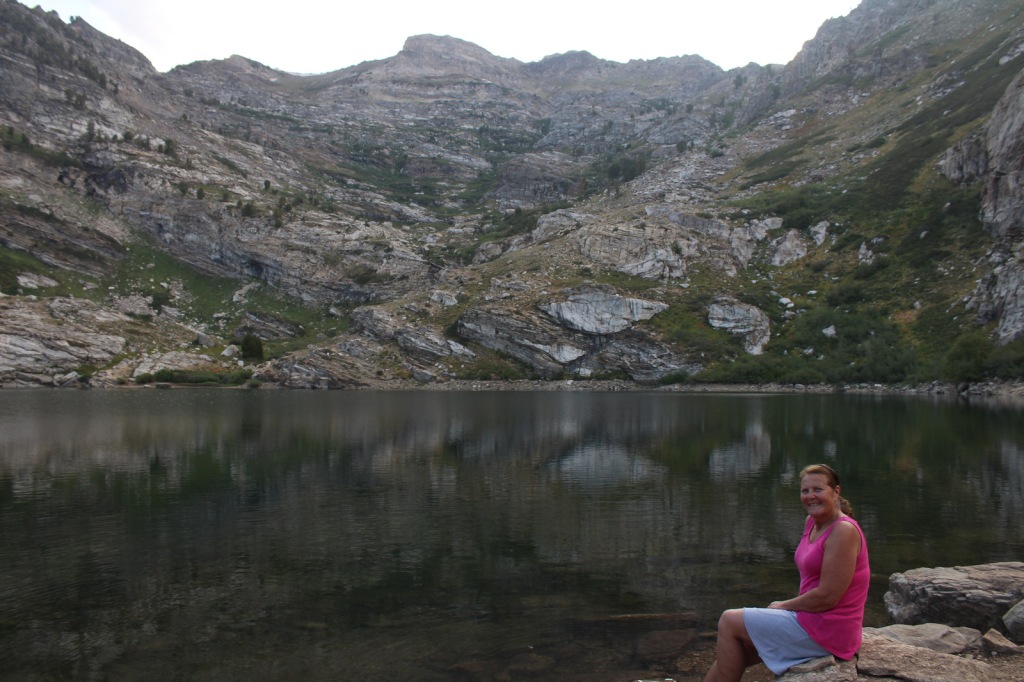
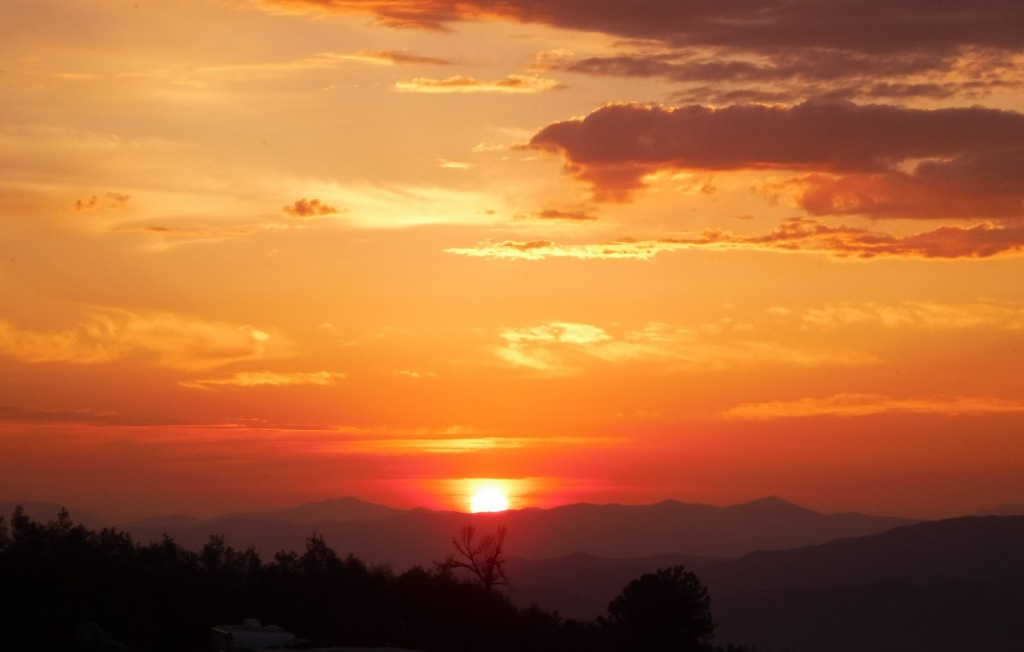
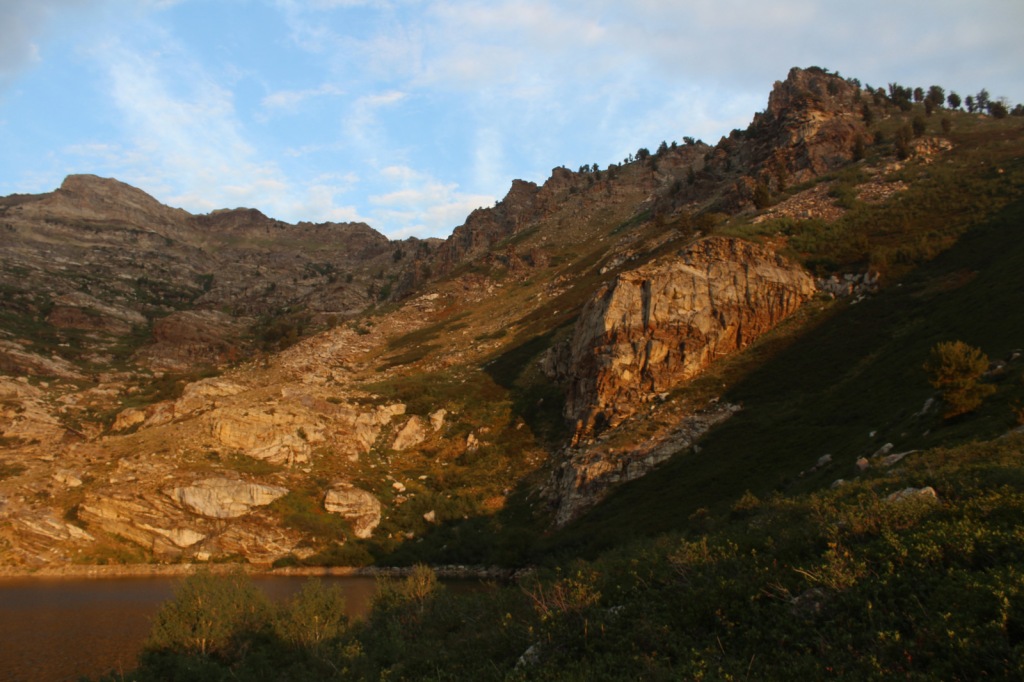
Great Basin bristlecone pine, ponderosa pine, Engelmann spruce, California red fir, white fir
quaking aspen, greenleaf manzanita, sagebrush
Explore More – What was the country of origin of Alexander von Humboldt, a scientist who travelled extensively in the Americas between 1799 and 1804?
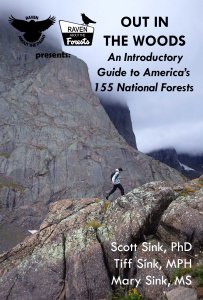
Learn more about this and the 154 other National Forests in our new guidebook Out in the Woods




























































































